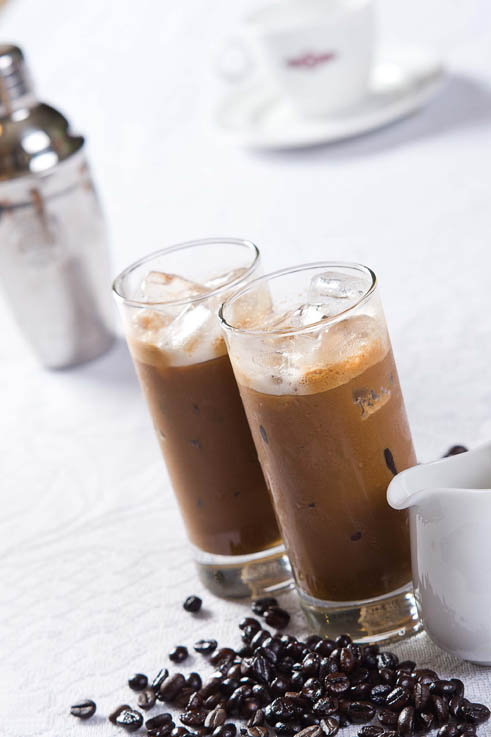Coffee & Life
Different Ways to Drink Vietnamese Coffee
Vietnamese people have only embraced coffee as a beverage for just over a hundred years, but coffee has become an indispensable drink for millions of Vietnamese and about 2 billion people worldwide.
Along with the development of the world, coffee will increasingly expand its influence due to its ability to stimulate the nervous system for activities such as discovery, creativity, and connection. Although Vietnamese people have not yet gained worldwide fame for great scientific works, ideas, or masterpieces, we possess a very precious quality: an open philosophy, living harmoniously and friendly with everyone and all nations.

Right from the establishment of the nation, Văn Lang was a coexistence of 15 tribes, not a collective dominated by any single tradition or specific lineage. Extreme patriotism, tribal worship, or discrimination against others are alien to the Vietnamese. All of these can be seen in the way Vietnamese people have embraced and adapted coffee.
From the very beginning, when coffee was introduced by the French—an image of the West—the Vietnamese did not reject or discriminate against it. In the southern region directly influenced by the French colonial regime, known as Nam Kỳ Lục Tỉnh, Vietnamese people from the elite to the commoners calmly accepted this new and unfamiliar drink.
Coffee brewing can be done in large quantities for many people. The filter (also called a sieve) is made of thick woven fabric so that coffee grounds don’t escape and create a gritty texture on the tongue. This filter is soaked in boiling water for a few minutes so that the coffee essence can be released but not so long as to become sour or bitter. These filters are about the size of a sock worn on the foot, so this method is called “sock coffee.” For higher classes, there is the café filter, a personal brewing device. Each cup of coffee has a filter component consisting of a chamber (also called a pot) with many small holes at the bottom to let water pass through into the cup after filtering through the roasted, finely ground coffee beans. The filter fits snugly with the chamber and the cup. Pre-ground coffee is placed at the bottom of the chamber and pressed down with the filter plate. Boiling water passes through the filter plate, causing the ground coffee to expand and the extracted coffee to drip through the bottom holes into the cup, drop by drop.
Such filtered coffee is fragrant, thick, and emits a gentle aroma while waiting leisurely. The whole process takes about five minutes. This rich, thick coffee can be drunk directly or diluted with about one-third boiling water to adjust the temperature and reduce the coffee’s intensity, depending on personal preference. Sometimes a bit of fresh butter is added for a creamy flavor and to retain heat longer.
Phin coffee is characteristic of connoisseurs enjoying the specialty coffee shops in Vietnam, rarely seen worldwide because of the inconvenience in service but perfectly suited to the ritual, slow lifestyle, satisfying calmness, contemplation, and relaxed socializing.
There are also two other types of coffee commonly found in Vietnam, which are becoming increasingly popular worldwide: coffee with milk and iced coffee. Vietnamese coffee with milk uses sweetened condensed milk, unlike ready-made commercial coffee drinks. In the North, this coffee is often called “nâu” (brown) because the black color changes to a creamy yellowish-brown.
In the South, Chinese-Vietnamese coffee shops call this “pạc xỉu” (or “bạc tiểu”): “bạc” means white, and “tiểu” means small, implying that milk is the main ingredient while coffee is added just a little to mask the milk’s odor. Iced coffee, usually served with ice cubes, is also popular in Vietnam due to the tropical hot climate all year round, and many people want both the coffee flavor and refreshment. Later, as Vietnamese people dispersed to many countries, iced coffee along with iced tea became familiar to many ethnic communities worldwide.







